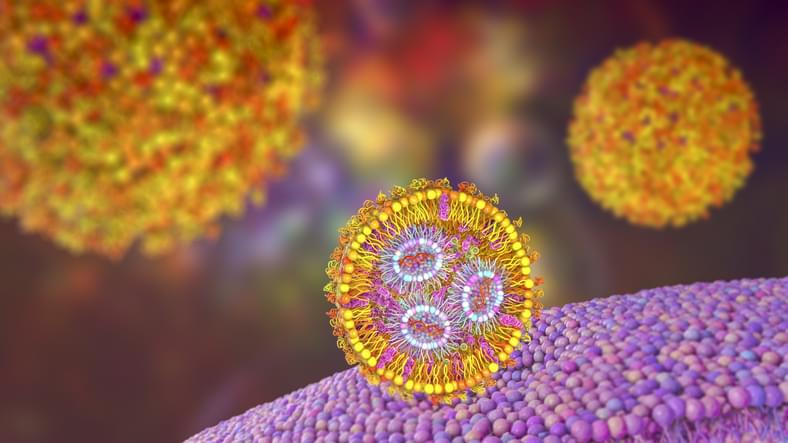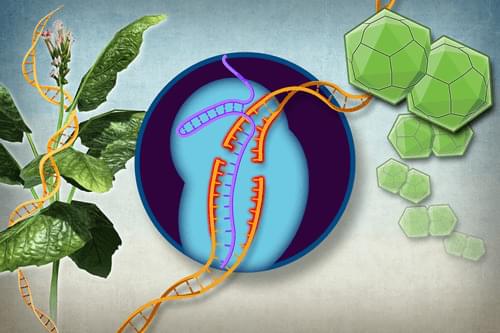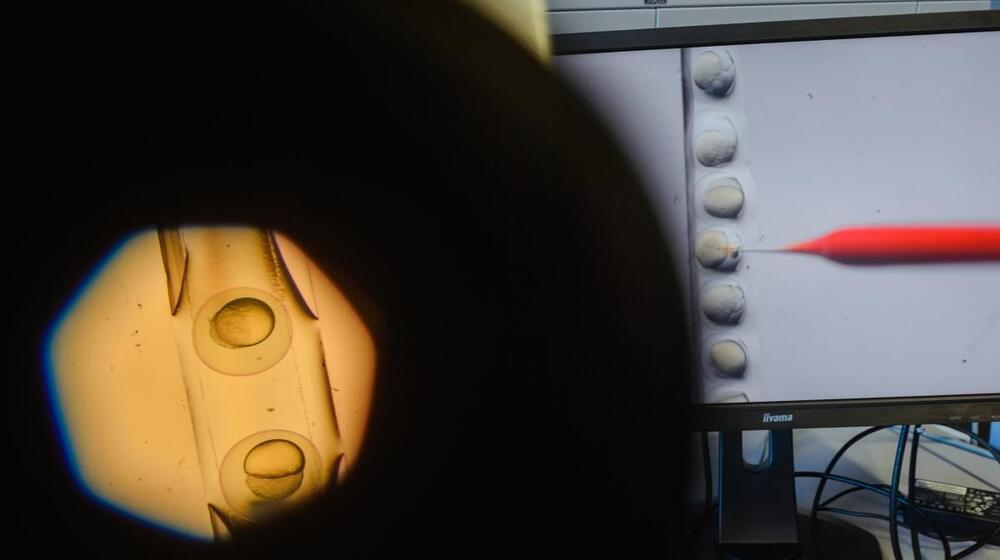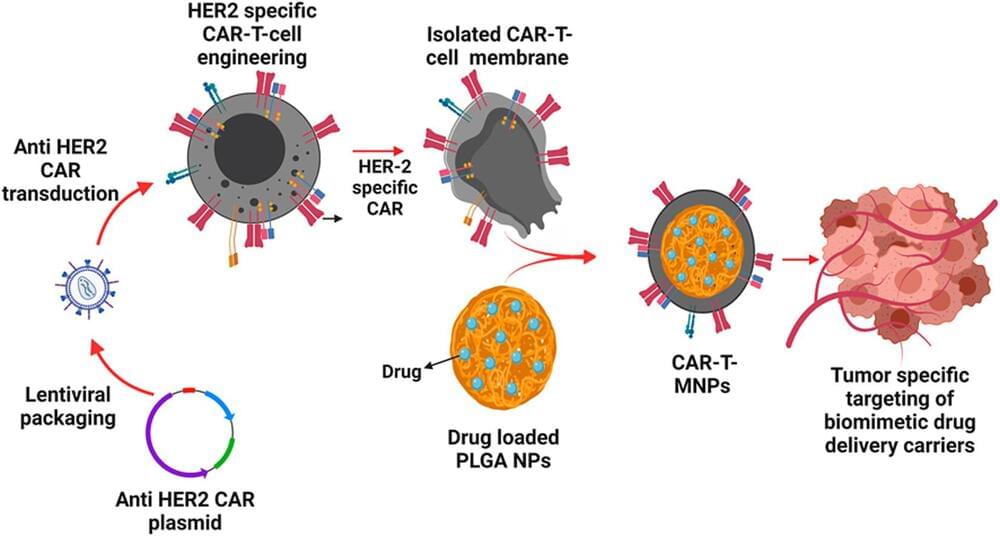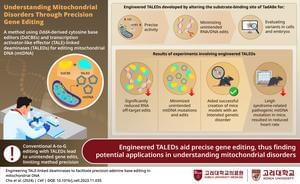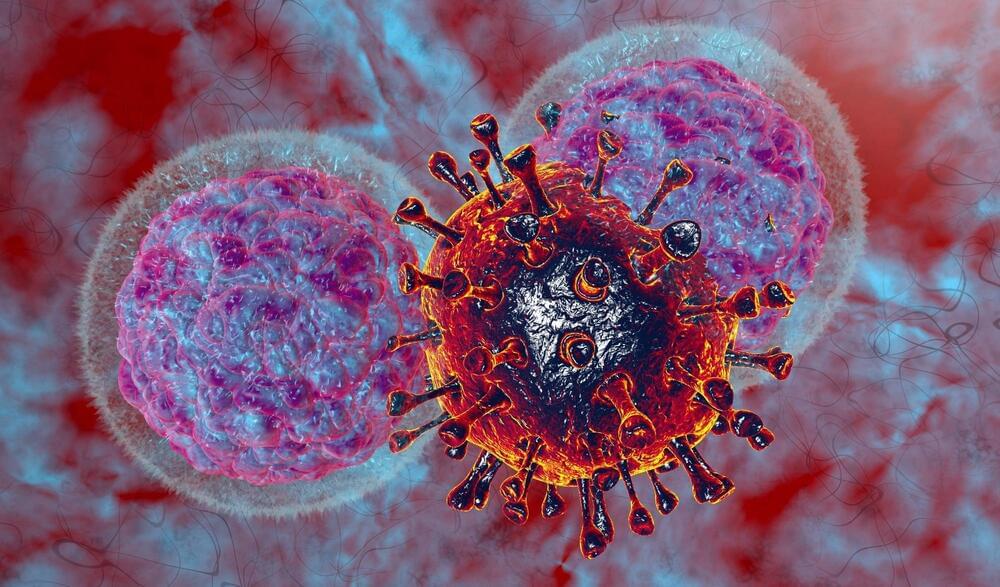Mar 9, 2024
An evolutionary mystery 125 million years in the making
Posted by Dan Breeden in categories: bioengineering, biotech/medical, evolution, genetics
Plant genomics has come a long way since Cold Spring Harbor Laboratory (CSHL) helped sequence the first plant genome. But engineering the perfect crop is still, in many ways, a game of chance. Making the same DNA mutation in two different plants doesn’t always give us the crop traits we want. The question is why not? CSHL plant biologists just dug up a reason.
CSHL Professor and HHMI Investigator Zachary Lippman and his team discovered that tomato and Arabidopsis thaliana plants can use very different regulatory systems to control the same exact gene. Incredibly, they linked this behavior to extreme genetic makeovers that occurred over 125 million years of evolution.
The scientists used genome editing to create over 70 mutant strains of tomato and Arabidopsis thaliana plants. Each mutation deleted a piece of regulatory DNA around a gene known as CLV3. They then analyzed the effect each mutation had on plant growth and development. When the DNA keeping CLV3 in check was mutated too much, fruit growth exploded. They published their findings in PLoS Genetics.

